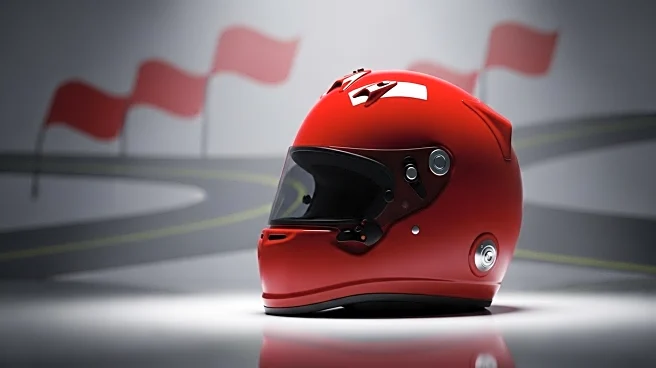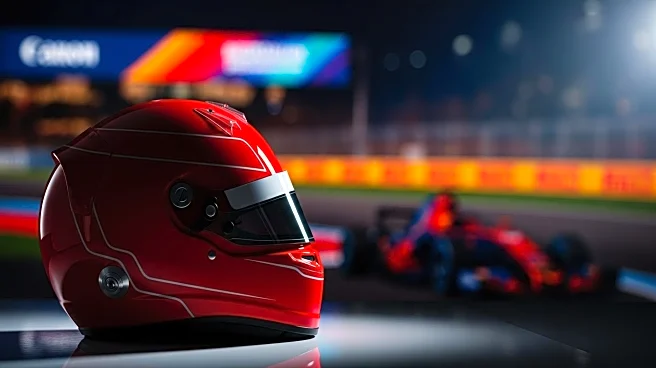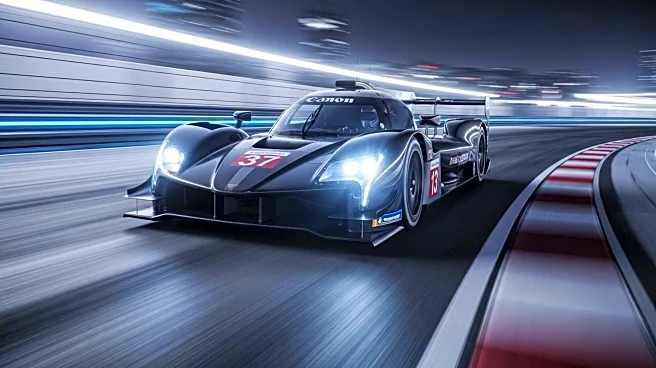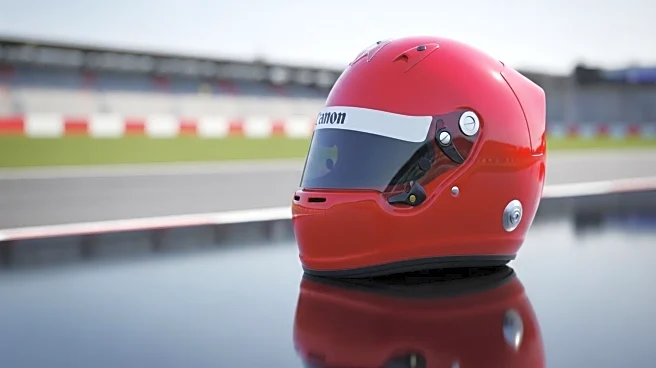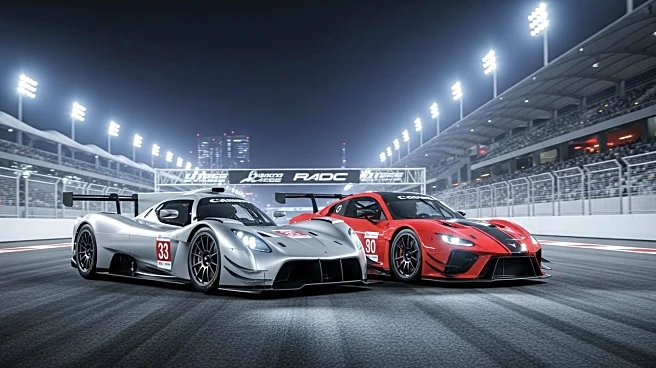What's Happening?
Charles Leclerc experienced a challenging qualifying session at the Azerbaijan Grand Prix, resulting in a crash during Q3 and securing a 10th place start. Max Verstappen claimed pole position, outperforming Williams' Carlos Sainz by four-tenths of a second. The session was marked by multiple incidents, including Oscar Piastri's crash, which led to a record sixth red flag. Despite strong practice performances, Leclerc struggled with his car's performance, describing the situation as 'very, very difficult.' His teammate, Lewis Hamilton, also faced difficulties, qualifying 12th after failing to advance to Q3.
Why It's Important?
The qualifying results at the Azerbaijan Grand Prix have significant implications for the championship standings and team strategies. Max Verstappen's pole position strengthens Red Bull's competitive edge, while Carlos Sainz's performance offers Williams a rare front-row start, potentially boosting their season prospects. Charles Leclerc's crash and subsequent 10th place start could hinder Ferrari's chances of securing valuable points, impacting their position in the Constructors' Championship. The session's chaotic nature, with multiple crashes and red flags, highlights the challenges drivers face on the Baku City Circuit, influencing team tactics and race day strategies.
What's Next?
As the Azerbaijan Grand Prix approaches, teams will focus on race strategies to navigate the challenging Baku City Circuit. Charles Leclerc and Ferrari will aim to recover from the qualifying setback, requiring a strong performance to climb the ranks and secure points. Max Verstappen will seek to capitalize on his pole position to extend his lead in the championship. Meanwhile, Williams and Racing Bulls will strategize to maintain their competitive positions. The race promises intense competition, with drivers needing to balance aggression and caution on the circuit known for its tight corners and high-speed straights.
Beyond the Headlines
The Azerbaijan Grand Prix qualifying session underscores the unpredictable nature of Formula 1 racing, where driver skill and team strategy must adapt to unforeseen challenges. The crashes and red flags highlight the importance of circuit familiarity and vehicle reliability. Teams may reassess their approach to qualifying sessions, emphasizing risk management and contingency planning. The event also reflects the broader competitive dynamics in Formula 1, where emerging teams like Williams and Racing Bulls can disrupt traditional powerhouses, potentially reshaping the sport's landscape.

